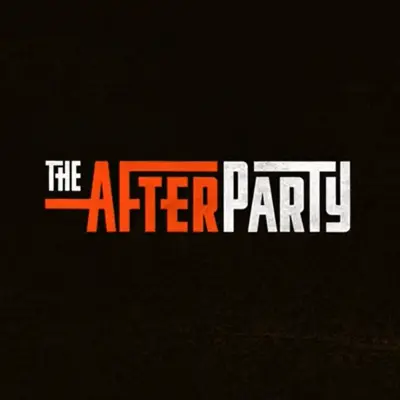The Afterparty seemed to learn a valuable lesson from Rian Johnson's Knives Out
-

Chris Miller's Apple TV+ whodunnit used viewers' expectations against themselves to pull off its big reveal, says Kaitlin Thomas. "Rian Johnson’s Knives Out reminded us that there’s more than one way to tell a good old-fashioned whodunnit," says Thomas. "Since the movie’s release in 2019, we’ve been blessed with two more humorous takes on the murder mystery genre: Hulu’s true-crime-inspired Only Murders in the Building and Apple TV+’s genre-bending The Afterparty. The latter series wrapped its first season (Season 2 has already been ordered) on Friday in satisfying fashion. And despite the fact the story was born more than a decade ago in the mind of series creator and director Chris Miller, the show seems to have, somehow, also learned an important lesson from Johnson’s film and applied it to positive effect."
ALSO:
- The Afterparty's cinematography was intended to be a love letter to movies: "When I found out about this whole visual concept of every episode being a different genre and telling the story a million different ways in a Rashomon-type structure, it was a no-brainer to do the series," says cinematographer Carl Herse, who breaks down the look of each episode.
- The Afterparty composer Daniel Pemberton was attracted to working on the show because of the challenge and complexity of the score: Pemberton had to alter his musical style nearly every episode. “Chris and Phil are amazing geniuses and amazing at never stopping wanting to keep pushing stuff,” says Pemberton. “Which is both great and costs many sleepless nights because there is so much to do on a show like this when there’s just so much music. It’s like I’m scoring 10 films, plus a series, plus loads of incidental stuff, plus producing some songs. There was a lot on my shoulders with this project.”
- Ben Schwartz and Sam Richardson discuss The Afterparty killer
- Schwartz was happy to be looked as "a Jean-Ralphio goofball"
- Dave Franco credits The Afterparty with making him fallin love with acting again
- Did Chris Miller notice any patterns between movies as he investigated many genres?: "Oh yeah," he says. "We’re such fans of film in general, but when you’re consuming it analytically instead of with your gut, you’re responding like, 'Oh, wow. I guess so many of these (action movies) are shot anamorphically,' (or) 'They really love doing this blue light with a warm kicker.' It was important to us that it never feel like a straight spoof or referencing any one particular thing. The idea was that this is the way these characters see themselves and see the world; sort of the milieu for how they perceive themselves as the heroes of their own movie. So we had to make sure it felt like the iconic feeling you get when you’re in one of these stories rather than, 'Hey, remember this moment from this thing?' which could take you out of it."
TOPICS: The Afterparty, Apple TV+, Ben Schwartz, Carl Herse, Chris Miller, Daniel Pemberton, Dave Franco, Sam Richardson, Cinematography, Music and TV
